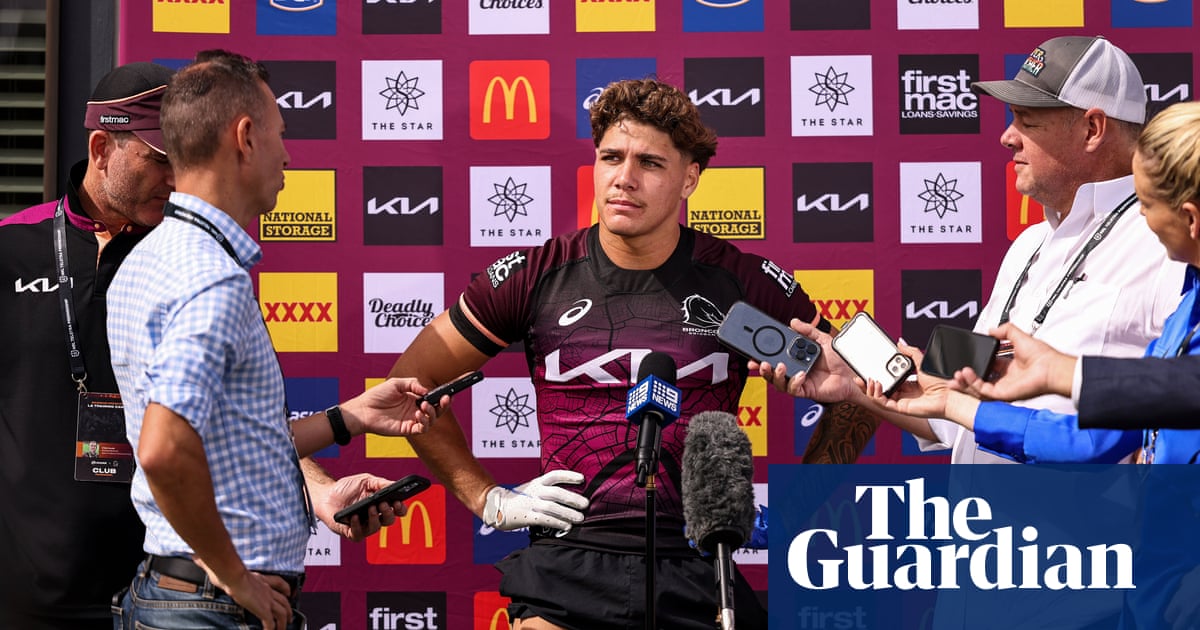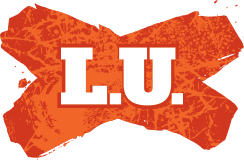Desert Qlder
First Grade
- Messages
- 9,689
New content kings: the independent creators changing the NRL’s media dynamic
For decades traditional media has dominated rugby league but a new wave of digital operators are transforming the landscapeRugby league’s history in Australia has long been influenced and shaped by legacy media, that of newspapers, radio and television in Sydney and Brisbane. The engines of The Daily Telegraph, Sydney Morning Herald and The Courier Mail, along with Channel 9, 2GB and others have played key roles in covering and spreading the sport to the masses.
That dynamic changed dramatically in 2017 with the launch of Fox League, a 24-hour dedicated pay TV rugby league channel.
But bubbling away underneath all of that has been the rise of the internet and an explosion of social media platforms that focus a large chunk of bandwidth on the NRL.
Today there are countless podcasts, accounts, websites and blogs dedicated to anything and everything connected to “the greatest game”. Some have massive audiences and have become incredibly influential in how fans engage with the NRL.
The NRL Roast, an account run by Dean Messiter, has nearly half a million followers on Instagram and Facebook. Posting humorous videos, memes, clips and photos, what started as fun for Dragons fan Messiter in 2015 has grown into a large business.
“I just start dabbling in mucking around and making funny videos about our mates,” he says. “It got the creative juices flowing and at the time I was not too much involved in social media, but I was interested in it. I noticed there was a drop in the market around NRL, so I started doing some NRL stuff on Facebook. And one of my very early posts got picked up Beau Ryan on The Footy Show.
“I was influenced by a lot of American sports and pages, and no one was really doing it about Australian sports. It just blew up from there. In 12 months on Facebook I had 50,000 followers.
“There was no real intention to create something to earn money from it. It was just purely, ‘this is fun’. People were laughing at it. I’ve always been around football all my life, watching, going to games with my dad. It’s always been a part of my life and now I’m lucky enough it’s one of the biggest parts.”
It’s a similar story for Brien Seeney, better known by the moniker NRL Physio. A Brisbane physiotherapist and Dolphins supporter, Seeney joined Twitter in 2017 to get news about the NFL. He began posting injury analyses about NRL players, and after a journalist retweeted one of his posts, his account grew organically.
“I noticed there was a lot of medical people on Twitter commenting on injuries in the NFL,” he says. “It was quite revolutionary for fans. It’s information they’re interested in and that they value, and for us it’s second nature. This is my job [as a physio], this is what I do. I explain injuries to patients all day every day. It’s just taking that and putting it on social media.”
Today Seeney has more than 300,000 followers online, his own podcast The Magic Sponge and has become a respected figure for his honest injury assessments. He has written articles for The Daily Telegraph, and appeared on SEN Radio and Fox League.
Seeney still works full-time as a physiotherapist and has no plans to switch careers. He views the growth of his platforms down to the fact that injuries have been poorly covered in the NRL and often shrouded in secrecy.
“It’s obviously an area that people crave information on and clarity on,” he says. “Clubs are so insular on this. I know the NRL clubs probably despise me a little bit, but I wouldn’t exist if they were more open about their injury information. They have created a need for me.
“It makes sense because they’ve got a competitive advantage to think of. But you need to cater to your fans as well because they’re the ones turning in every week and paying their memberships.”
Seeney and Messiter are just two of a plethora of independent content creators who now help drive conversations about the NRL both online and offline. From ex-player podcasts such as Bloke in a Bar and The Bye Round, animation in Randy’s Sports Bar, and fan platforms like Rugby League Guru and NRL Memes, there has been an eruption in the level of discourse around the competition.
While some NRL clubs and traditional outlets see the emergence of these online operators as a threat, it is clear they are part of an evolving media landscape and can help take the sport to new audiences.
“The proof’s in the pudding, if fans didn’t value or appreciate the independent content creators or didn’t want that daily news, updates, deeper analysis, then these creators wouldn’t go anywhere,” Seeney says. “They wouldn’t succeed. It’s a testament to all the work these guys do and for many it’s a passion project.”
To Messiter the NRL is merely catching up with existing trends in American sports. He believes social media can be a powerful promotional tool for rugby league with these growing independent content creators complimenting traditional outlets – not replacing them.
“Sometimes you have a few older heads around the clubs and the game that can be a bit more dismissive of the internet and what it can achieve,” Messiter says. “That would rather support traditional media outlets, those are the ones that bring the money into the game so we have to respect them… [But] I think eventually we will see this be a huge part of the game. I’m excited to see what it will be like in 10 years.”

New content kings: the independent creators changing the NRL’s media dynamic | John Davidson
For decades traditional media has dominated rugby league but a new wave of digital operators are transforming the landscape

